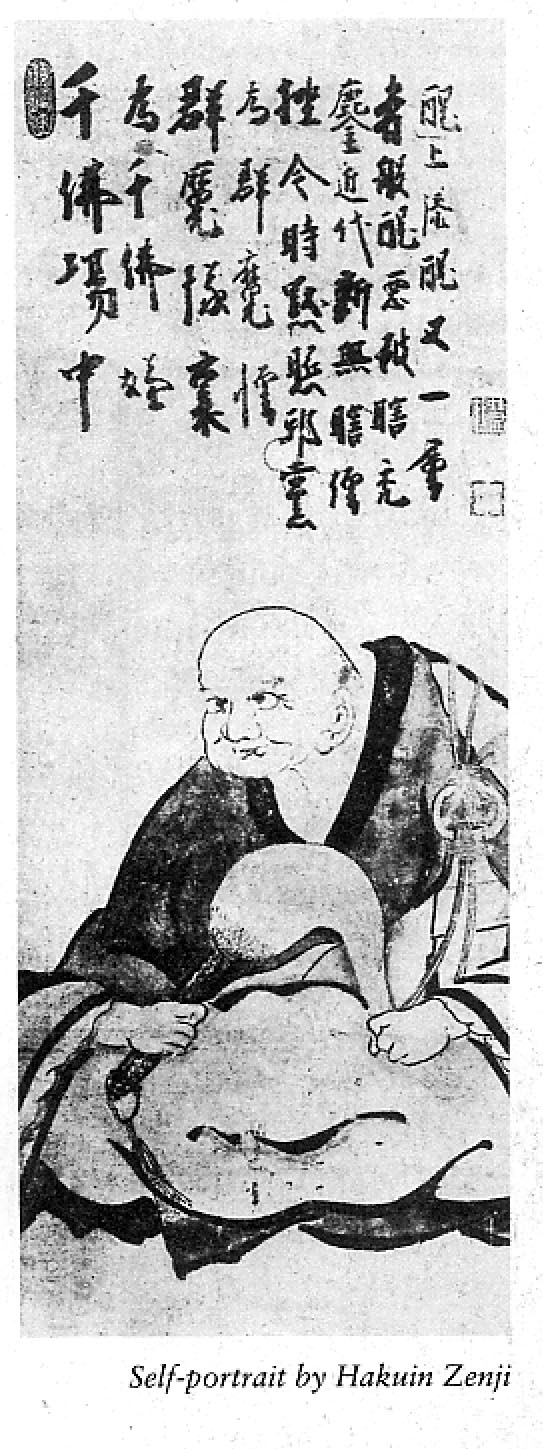Ken Wilber on two types of religion


I've been slowly making my way through Ken Wilber's journals in “One Taste” and the following caught my eye. Wilber's use of the term 'translation' first needs to be described:
[QUOTE]
Translation Versus Transformation
In a series of books I have tried to show that religion itself has always performed two very important, but very different, functions. One, it acts as a way of creating meaning for the separate self: it offers myths and stories and tales and narratives and rituals and revivals that, taken together, help the separate self make sense of, and endure, the slings and arrows of outrageous fortune. This function of religion does not usually or necessarily change the level of consciousness in a person; it does not deliver radical transformation. Not does it deliver a shattering liberation from the separate self altogether. Rather, it consoles the self, fortifies the self, defends the self, promotes the self. As long as the separate self believes the myths, performs the rituals, mouths the prayers or embraces the dogma, then the self, it is fervently believed, will be “saved” – either now in the glory of being God-saved or Goddess-favored, or in an afterlife that ensures eternal wonderment.
But two, religion has also served – in a usually very, very small minority – the function of radical transformation and liberation. This function of religion does not fortify the separate self, but utterly shatters it – not consolation but devastation, not entrenchment but emptiness, not complacency but explosion, not comfort but revolution – in short, not a conventional bolstering of consciousness but a radical
transmutation and transformation at the deepest seat of consciousness itself.
There are several different ways that we can state these two important functions of religion. The first function – that of creating meaning for the self – is a type of horizontal movement; the second function – that of transcending the self – is a type of vertical movement (higher or deeper, depending on your metaphor). The first I have named translation; the second, transformation.
[END QUOTE]
[QUOTE]
Who Actually Wants To Transform?
It is a fairly common belief that the East is simply awash in
transformative and authentic spirituality, but that the West – both historically and in today's “new-age” – has nothing much more than various types of horizontal, translative, merely legitimate and therefore tepid spirituality. And while there is some truth to that, the actual situation is much gloomier, for both East and the West alike.
First, although it is generally true that the East has produced a greater number of authentic realizers, nonetheless, the actual percentage of the Eastern population that is engaged in authentic transformative spirituality is, and always has been, pitifully small. I once asked Katagiri Roshi, with whom I had my first breakthrough (hopefully, not a breakdown), how many
truly great Ch'an and Zen masters there have historically been. Without hesitating, he said, “Maybe one thousand altogether.” I asked another Zen master how many truly enlightened – deeply enlightened – Japanese Zen masters there were alive today, and he said, “Not more than a dozen.”
Let us simply assume, for the sake of argument, that those are vaguely accurate answers. Run the numbers, Even if we say that there were only one billion Chinese over the course of history (an extremely low estimate), that still mean that only one thousand out of one billion had graduated into an authentic, transformative spirituality. For those of you without a calculator, that's 0.0000001 of the total population. (Even if we say a million instead of a thousand, that is still only 0.001 of the population – a pitiful drop in the bucket).
And that means, unmistakably, that the rest of the population were (and are) involved in, at best, various types of horizontal, translative, merely legitimate religion: they were involved in magical practices, mythical beliefs, egoic petitionary prayer, magical rituals, and so on – in other words, translative ways to give meaning to the separate self, a translative function that was, as we were saying, the major social glue of the Chinese (and all other) cultures to date.
Thus, without in any way belittling the truly stunning contributions of the glorious Eastern traditions, the point is fairly straightforward: radical transformation spirituality is extremely rare, anywhere in history, and anywhere in the world. (The numbers for the West are even more depressing. I rest my case.)
So although we can very rightly lament the very small number of individuals in the West who are today involved in a truly authentic and radically transformative spiritual realization, let us now make the false argument of claiming that it has otherwise been dramatically different in earlier times or in different cultures. It has on occasion be a little better than we see here, now, in the West, but the fact remains: authentic spirituality is an incredibly rare bird, anywhere, at any time, at any place, So let us start from the unarguable fact that vertical, transformative authentic spirituality is one of the most precious jewels in the entire human tradition – precisely because, like all precious jewels, it is incredibly rare.
Second, even though you and I might deeply believe that the most important function we can perform is to offer authentic transformation spirituality, the fact is that much of what we have to do, in our capacity to bring decent spirituality in the world, is actually to offer more benign and helpful mades of translation. In other words, even if we ourselves are practicing, or offering, authentic transformative spirituality, nonetheless much of what we must FIRST do is provide most people with a more adequate way to translate their condition. We must start with helpful translations before we can effectively offer authentic transformations.
The reason is that if translation is too quickly, or too abruptly, or too ineptly taken away from an individual ( or a culture), the result, once again, is not breakthrough but breakdown, not release but collapse.
[END QUOTE]
Wilber then offers two examples of enlightened masters (Chogyam Trungpa and Adi Da) who attempted to start 'transformative' but, when nobody 'got it,' then had to introduce a series of lesser practices leading up to the radical and ultimate 'no practice.' (Curiously, in both cases, a lot of sexual hanky-panky allegedly accrued around both of these teachers, which detracted considerably from the value of what they were attempting to transmit. Not that they were unique in that particular category.)
Anyway, a .0000001 'batting average' is not particularly impressive as an estimate of how successful Buddhism has been over the centuries. It is for this reason that I'm very interested in discovering exercises and methods that might allow more average Joes and Josephines (like myself!) to discover the delights of leaving the small self behind. But before this can occur, in my humble opinion, the removal of certain basic energy roadblocks can help things along. For this reason I promote resonating the trachea and in turn the whole circulatory system through the 'inhaled' OM (lacking the lengthier description I've posted before), sucking on the soft palate/uvula to allow peristalsic waves to massage away the armoring of the body, and also 'thwizzling' the facial nerves (or some similar technique such as EFT (tapping the facial acupuncture meridians with the fingertips) to release tension and sensitize the nostrils so that just the full inhale and exhale becomes extremely more pleasurable.
It's okay to teach using the breath as a meditation object, but if someone is so de-sensitized – 'armored' – that they don't feel the pleasure of this procedure, then what's the point? At least they begin to think “What's the point?” pretty quickly.
I guess what I'm trying to say is that we need to de-stress the lower sheathes (physical, emotional) before we can use them as vehicles to access the subtler realms.
When I grow up, I want to look just like Hakuin!


1 Comments:
Hi Sender,
Couldn't find an email address so using this form for my message:
Just discovered your amazing site via IS.org and only scimmed a few essays. Naturally am impressed by the scale and scope of your experince, knowledge and humanity.
For the past year I've been updating my website started back in '97 expressing my efforts to integrate a Samadhi I experience years before- from a state of utter ignorance regarding metaphysical stuff.
http://geocities.com/maya-gaia/mysticalexp.html
I've functioned in virtual isolation and only in the past year have made any serious connection to fathom a synthesis between scientific, metaphysical and me own realized experience.
Thought you might be interested in my website page that speculates on a model of reality based on light and the possibility that the Sun might be the actual cosmic consciousness that I merged with in my Samadhic journey.
http://geocities.com/maya-gaia/cosmic_model.html
In any event I'm looking forward to
examining the wealth of info and insight in your chronicles.
Regards EF
PS I figure you can delete this message from your comments.
Post a Comment
Links to this post:
Create a Link
<< Home